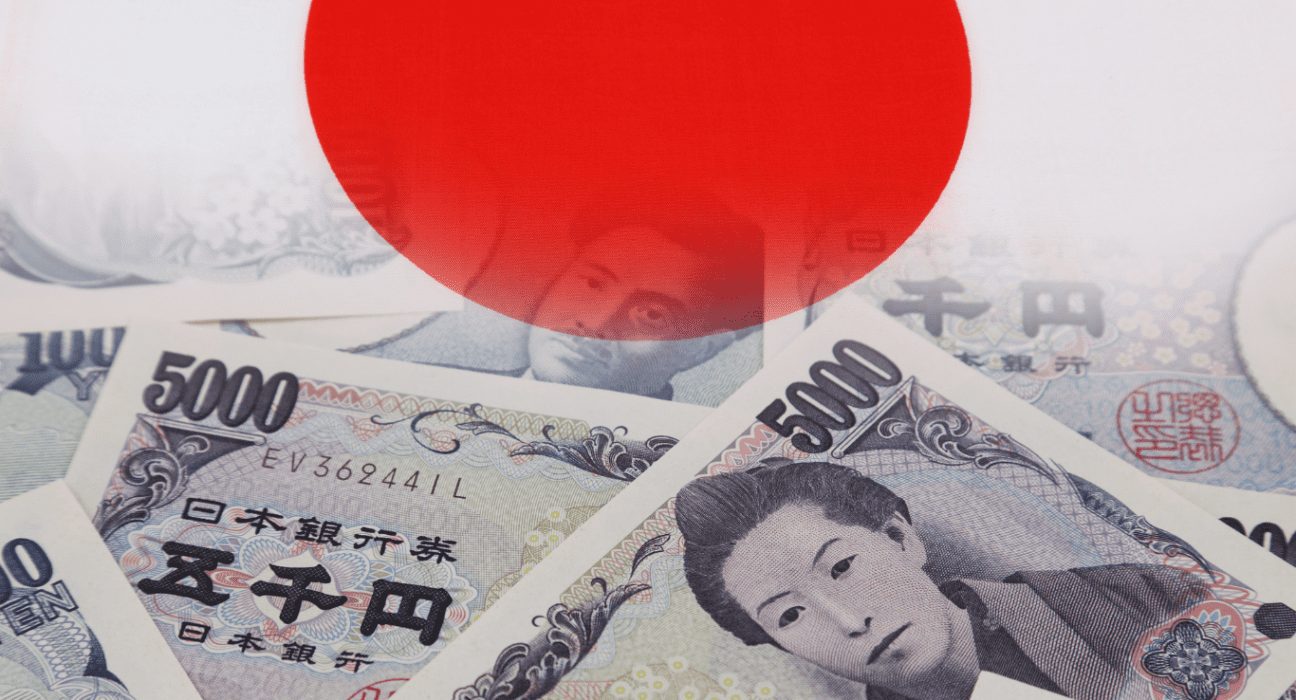The Bank of Japan’s (BOJ) Deputy Governor, Masayoshi Amamiya, has stated that there is no imminent need to make changes to the bank’s yield control policy. This comes as the BOJ faces increasing pressure to revise its monetary policy in the face of rising inflation and global interest rates.
Amamiya, who is seen as a top contender to become the next central bank governor, emphasized the need to carefully balance the benefits and costs of the bank’s yield curve control (YCC) policy. The YCC policy involves setting a cap of 0.5% for the 10-year bond yield and purchasing large amounts of bonds to defend this cap. Amamiya stated that the YCC is an extraordinary policy that must be used carefully to avoid distortions in the yield curve.
When asked about the possibility of making changes to the YCC policy in the future, Amamiya said that the BOJ’s basic approach is to guide monetary policy flexibly while considering the benefits and costs of each step. This statement has led to speculation that the BOJ may eventually phase out its YCC policy and raise interest rates.
Markets are also buzzing with speculation about who will replace the current BOJ Governor, Haruhiko Kuroda, whose second five-year term ends in April. Amamiya is considered by many to be one of the top contenders for the role, although a government spokesperson has denied recent reports that Prime Minister Fumio Kishida’s administration has sounded him out for the job.
While Amamiya is seen as more dovish on monetary policy than other potential candidates such as former deputy governors Hiroshi Nakaso and Hirohide Yamaguchi, he defended the BOJ’s ultra-loose policy during a recent parliament session. Amamiya argued that the policy has successfully reflated growth and that it is premature to debate an exit strategy. He stressed the importance of maintaining current stimulus to ensure that inflation reaches the BOJ’s 2% target in a sustainable manner.
The BOJ’s leadership transition comes at a crucial time as the bank’s radical stimulus program is being put to the test by rising inflation and interest rates. In a policy proposal last month, the International Monetary Fund (IMF) recommended that the BOJ allow government bond yields to move more flexibly. Under the YCC policy, the BOJ guides short-term rates at -0.1% and the 10-year yield at around 0%. The bank also allows the 10-year yield to fluctuate within a range of 0.5 basis points and buys risky assets like ETFs as part of its stimulus program.
In conclusion, while the BOJ holds steady on its YCC policy for now, there is growing pressure to revise its monetary policy as the bank faces rising inflation and global interest rates. The upcoming leadership transition at the BOJ will likely play a critical role in determining the future direction of monetary policy in Japan. Regardless of who takes the helm at the BOJ, it is clear that the bank will need to carefully balance the benefits and costs of its policies to ensure a stable and sustainable economic environment.










